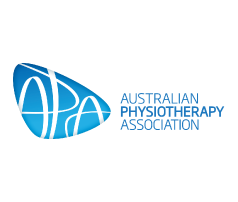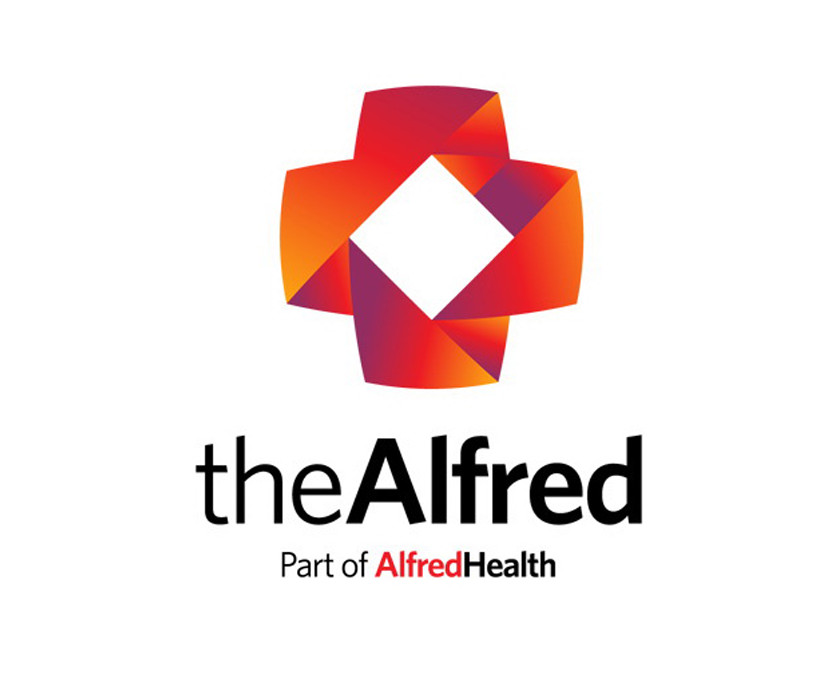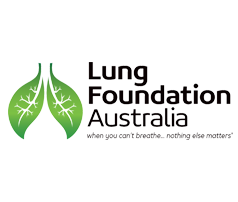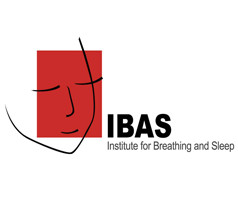Anxiety and depression in bronchiectasis
An increased incidence of anxiety and depression has been shown in people with bronchiectasis.
A recent study including ninety-three participants with bronchiectasis (Olivieri et al 2013) demonstrated that 20 percent of participants had elevated depression-related scores and 38 percent had elevated anxiety-related scores. Increased symptoms of depression and anxiety were significantly associated with age and anxiety was also associated with more frequent exacerbations.
Moreno et al 2013 found that daily sputum production and bacterial colonisation (especially with Pseudomonas aeruginosa) were the variables most related to anxiety and that depression was more common in women.
The International Committee on Mental Health in Cystic Fibrosis recommend that all patients with cystic fibrosis have an annual screen for anxiety and depression (Quittner 2016). Clinicians are encouraged to consider an annual screen for their patients with non-cystic fibrosis bronchiectasis who are in the older age group and have daily sputum production.
The Hospital Anxiety and Depression Scale (HADS)
The HADS is a valid and reliable screening tool for anxiety and depression that is used in non-psychiatric clinical populations in both hospital and community settings. It is available in 115 languages.
The scale consists of 14 items (7 each for anxiety and depression). Each item is rated on a four point scale ranging from 0 (not at all) to 3 (very often) and responses are based on the relative frequency of symptoms over the preceding week.
Possible scores range from 0 to 21 for each subscale. An analysis of scores on the two subscales supported the differentiation of each mood state into four ranges: ‘mild cases’ (scores 8-10), ‘moderate cases’ (scores 11-15), and ‘severe cases’ (scores 16 or higher).
Permission is required to use the HADS. The HADS scale and its manual can be purchased at the eProvide website.

